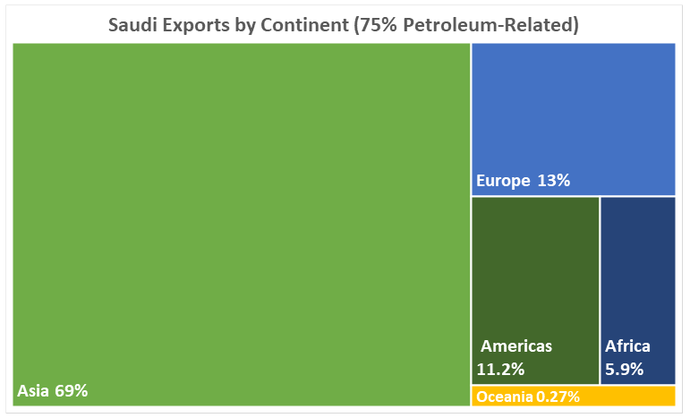Asia and Aramco Attack: Wall Street Journal
Drone and missile strikes at the oil infrastructure of Saudi Arabia’s oil-rich eastern province put oil-thirsty Asian countries under pressure. These strikes on Sept 14 reduced the global oil output by almost 6 percent and increased the global oil price by 15 percent two days later. The United States has placed sanctions upon Iran and Venezuela in recent years, and Asian countries, including China, Japan, South Korea and India, try to diversify their oil sources by increasing imports from Saudi Arabia to meet increasing domestic demand due to economic development. To mitigate the negative influence of the sudden events like the attacks in Saudi Arabia, Asian countries have established strategic oil reserves and pursue substitute supplies from other oil-producing countries and domestic production. Although Saudi Aramco assured Indian authorities and refiners that there wouldn’t be a shortage of crude supplies, worries linger about geopolitical uncertainty and long-term stable output. – YaleGlobal
Asia and Aramco Attack: Wall Street Journal
Oil-thirsty Asia feels the strain after the surprise attack on a Saudi refinery and subsequent price hikes
Sunday, September 22, 2019
Read the article from the Wall Street Journal about Asia’s reliance on Saudi petroleum exports.
Stephanie Yang is a reporter for the Wall Street Journal. Benoit Faucon covers OPEC and the oil industries of Iran, Libya, Nigeria and Algeria. He has also strayed into investigative stories such as pharmaceutical counterfeits, money laundering or terror finance.

(Source: Observatory of Economic Complexity/MIT)
The Wall Street Journal
© 2019 Dow Jones & Company Inc. All Rights Reserved.